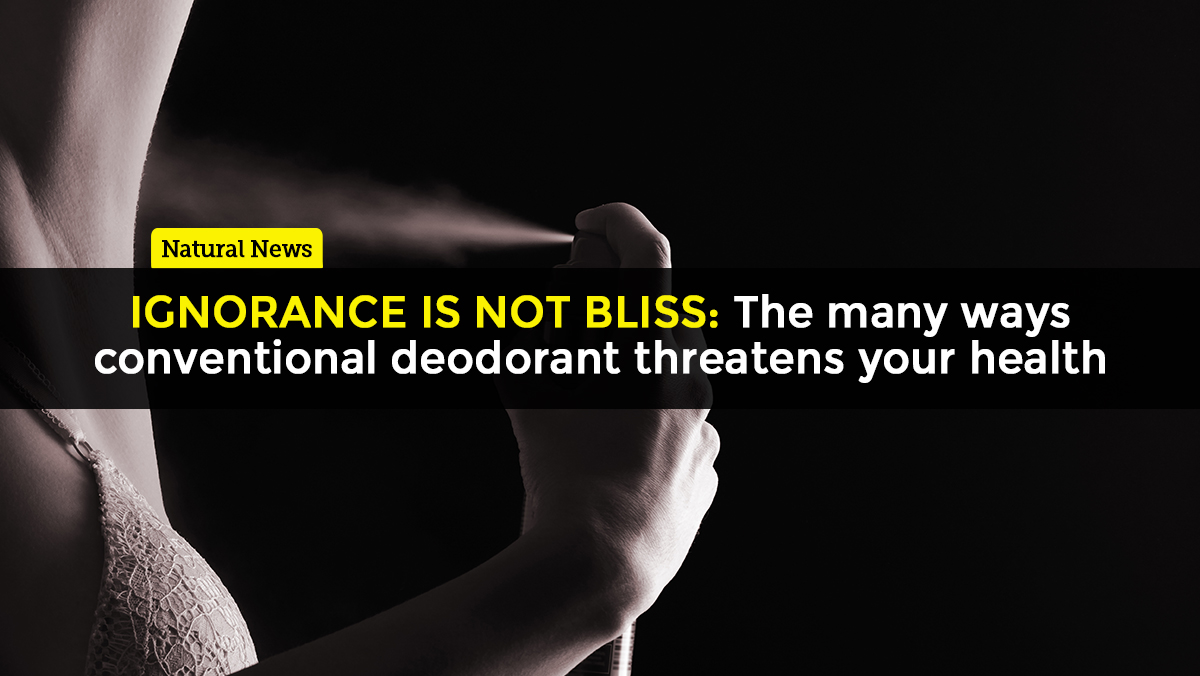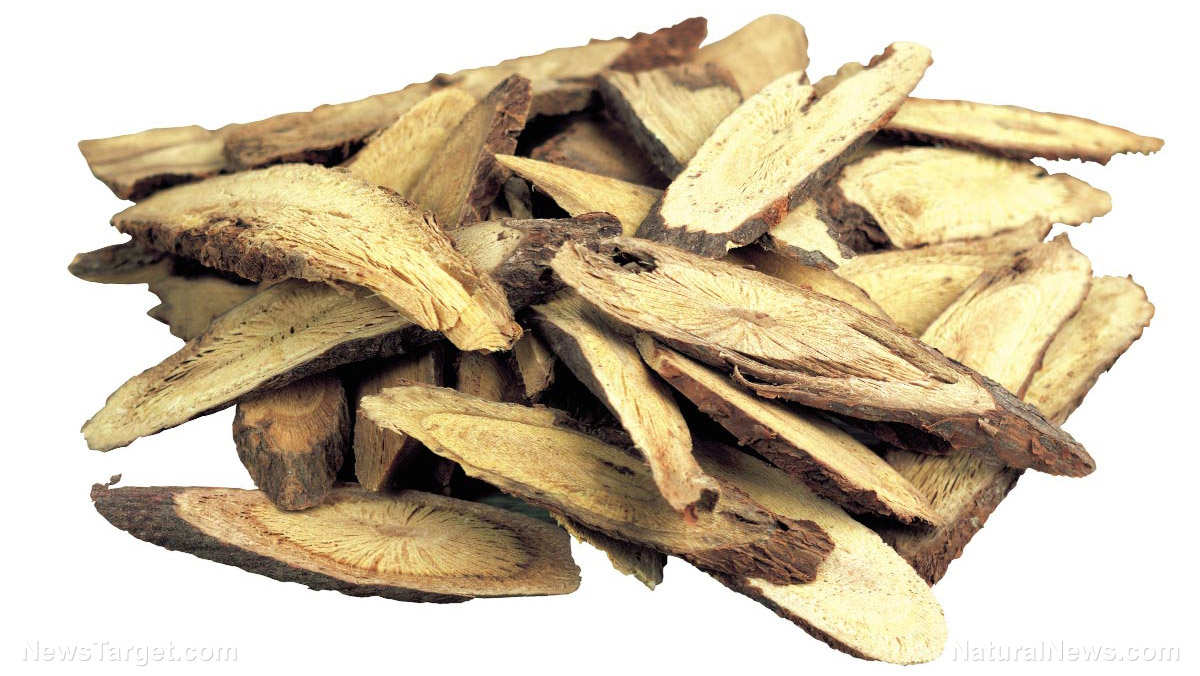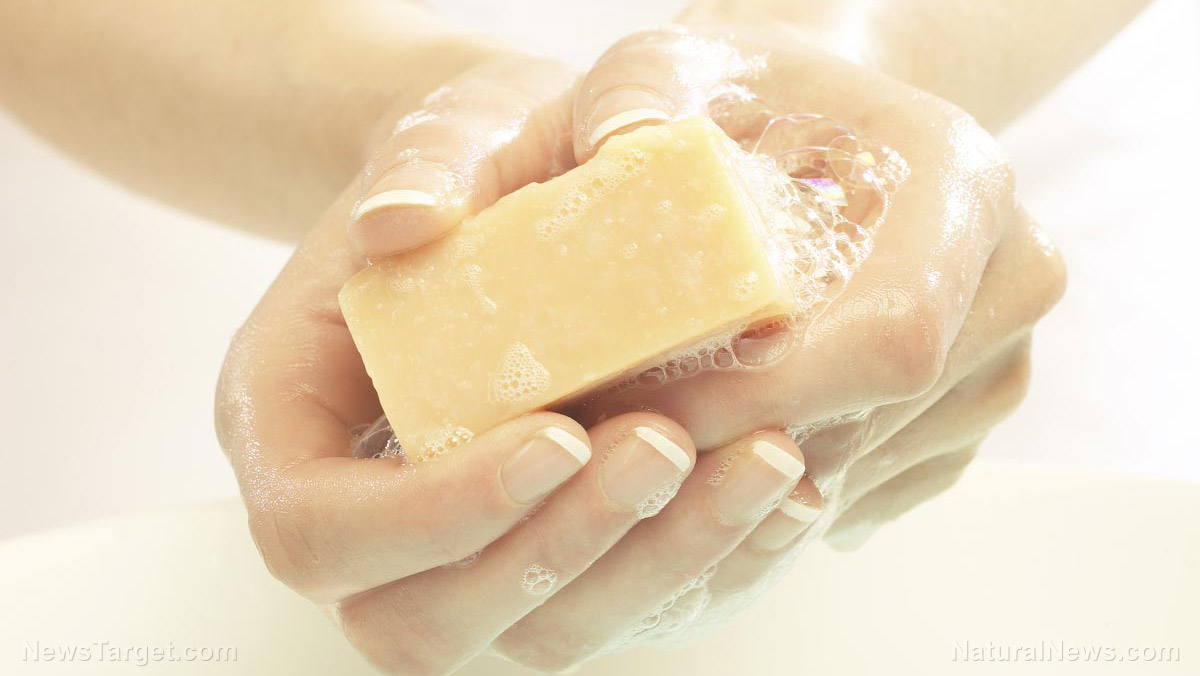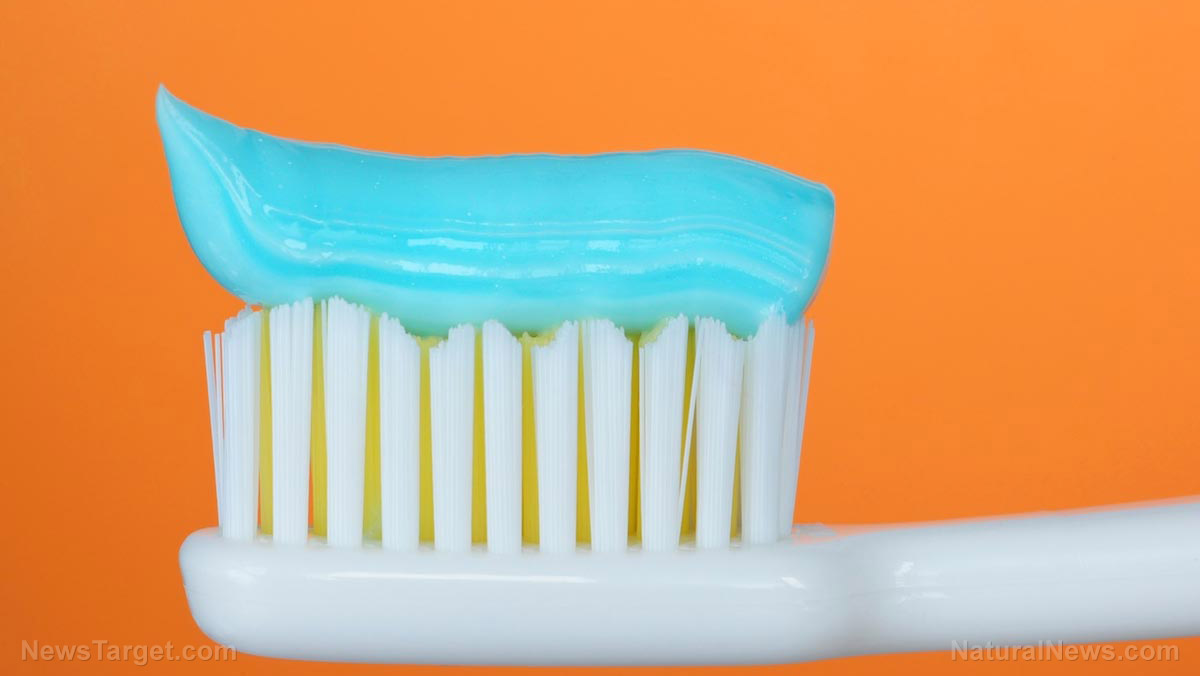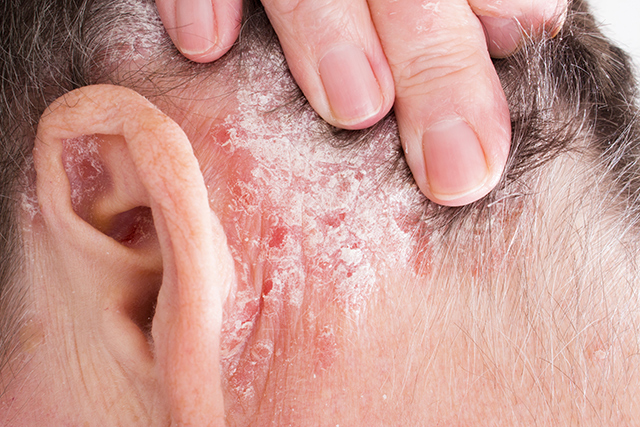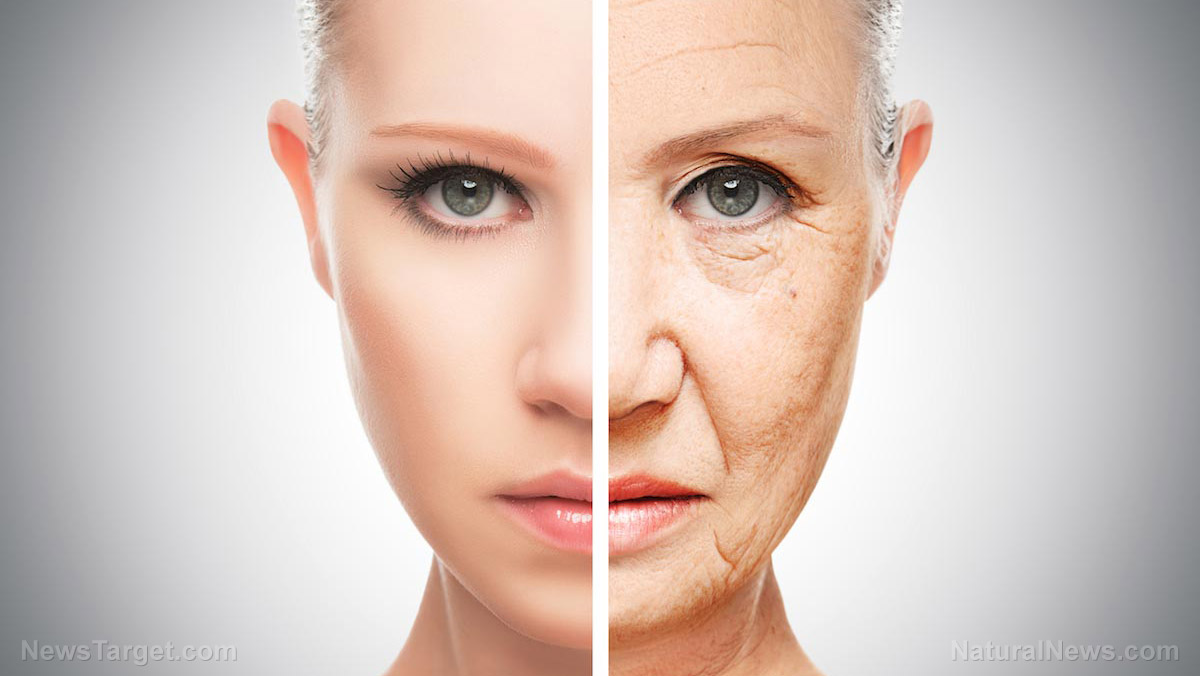The healing art of massage can be compromised by toxic chemicals in personal care products
03/03/2018 / By Michelle Simmons

The healing effects of a massage could be compromised by the chemicals in the massage oils used, according to a report published on the website GreenMedInfo.com.
Massage is considered as a great natural cure. It is an effective treatment for pain management as well as an effective, non-drug option for people suffering from psychological disorders, such as anxiety and depression, insomnia, and anorexia nervosa. Its healing effects are partly because of the release of the body’s natural “feel good” hormones and neuropeptides called endorphins. When a person massages you, the gentle touch stimulates endorphins, increasing feelings of pleasure and security. Massage also reduces levels of stress and anxiety. It is considered a natural alternative to antidepressants, sleeping aids, and painkillers that have the highest rates of addiction. (Related: Massage therapy, healing touch are good medicine for the treatment and prevention of chronic disease)
However, it can also be extremely toxic. Your massage could include a great dose of crude oil distillates and chemicals that imitate hormones, which are considered as carcinogens, that are part of the ingredients of some personal care products. A massage can be harmful when it is done with the use of conventional massage oil or lotion that is not food-grade. Whatever product you apply on your skin goes directly into the body, without filters like the digestive tract and liver. These products are absorbed into the blood, lymph, and circulatory systems right away. Mineral oil is a derivative of crude oil that is commonly used in massage oils. However, it is a petrochemical that is associated with a minimum of 24 adverse health effects. It works similarly to a plastic wrap as it creates a barrier over the skin, which prevents moisture and oxygen exchange. In turn, this results in cellular breakdown. Moreover, frequent use of mineral oil accelerates the aging process by hampering regeneration of cells and damaging collagen and connective tissues. Such petrochemical is absorbed into tissues where they remain in organs and fat cells.
According to a 2011 study on 142 women voluntarily underwent C-sections, mineral oil saturated hydrocarbons (MOSH) was found to build up to detectable levels in both body fat and breast milk samples. Researchers of the study concluded that MOSH builds up in the body over time and is biopersistent, which means that they are not routinely excreted or expelled from the body. Other than age, the frequent use of sun creams, lipsticks, and hand creams was found to be a cause of MOSH accumulation. In a 2009 study published in the Journal of Investigative Dermatology, it was found that moisturizing creams that contain mineral oil greatly increased the risk and the size of developing tumors in high-risk ultraviolent B rays-exposed skin.
Currently, there is no regulating body that safeguards the public when it comes to personal care products and the ingredients used. The Food and Drug Administration (FDA) of the U.S. is responsible for guaranteeing public safety from negligent manufacturers. However, cosmetic products and their ingredients are not under the FDA’s presale approval authority, except for color additives, according to the FDA’s website.
What to do?
In order to avoid the toxic build-up and preventing massage to be toxic to you, ask the therapist what type of oil or lotion he or she will use during the session. Ask for the product’s main ingredient, and if it is not food-grade, insist on providing your own oil or lotion. You can also explain your concerns or say that it is for health reasons. So, how will you know if the oil is food-grade? Ensure that it is organic, and look for cold-pressed or virgin pressings. The five oils that massage therapists frequently use are fractionated coconut oil, jojoba oil, sunflower oil, almond oil, and apricot kernel oil. Other natural food-grade massage oils are avocado oil, cocoa butter, grapeseed oil, kukui nut oil, and olive oil.
If you’d like to read more news stories and studies on essential oils, please go to EssentialOils.news.
Sources include:
Tagged Under: chemicals, Cosmetics, essential oils, fragrance chemicals, healing, ingredients, lotion, massage, massage therapy, Mineral oil, personal care, Personal care products, Skin, toxins

